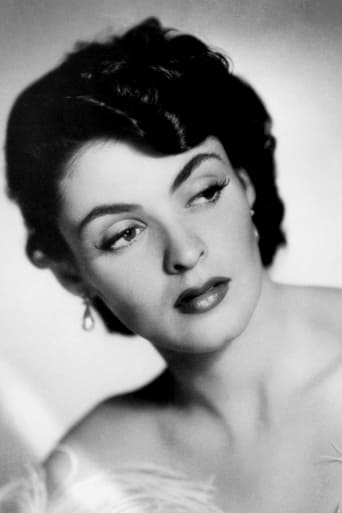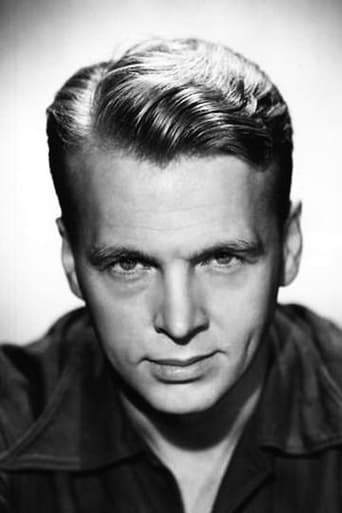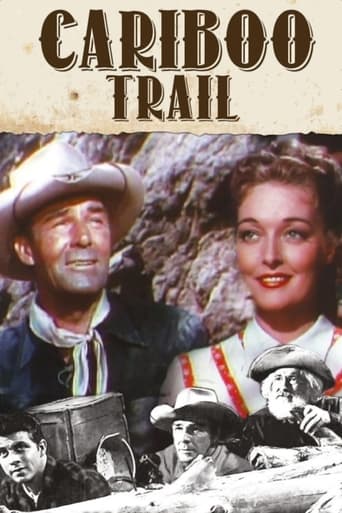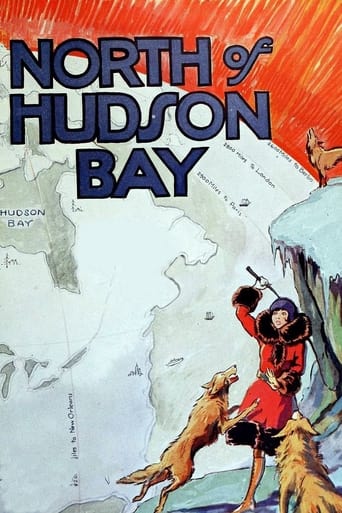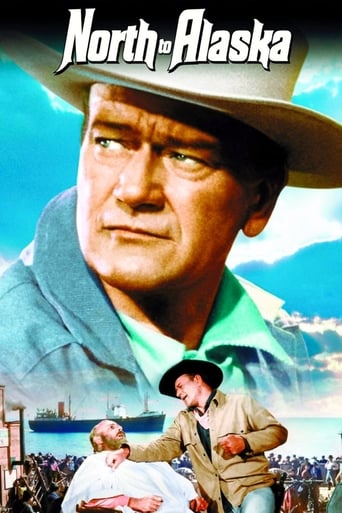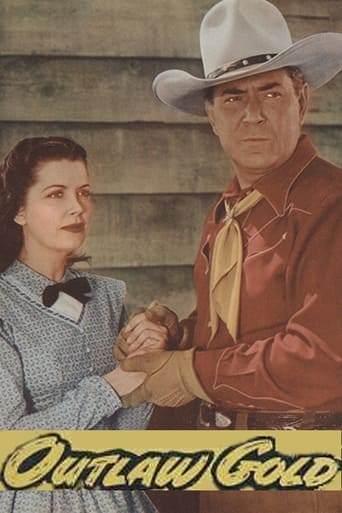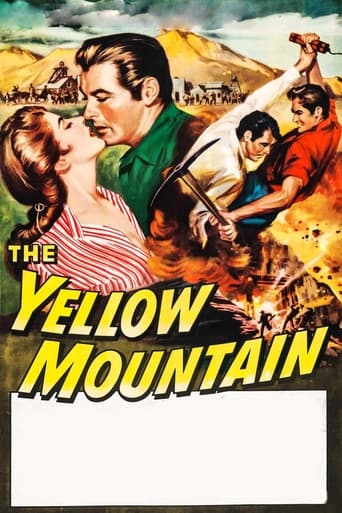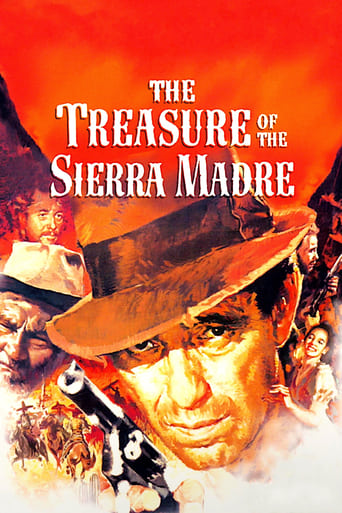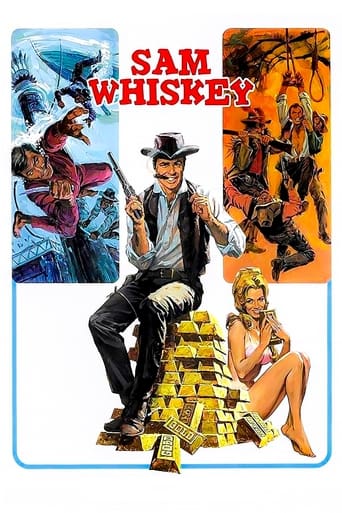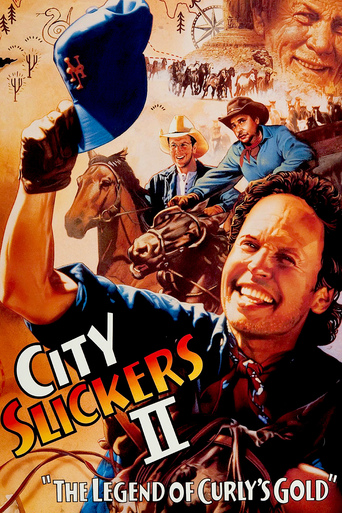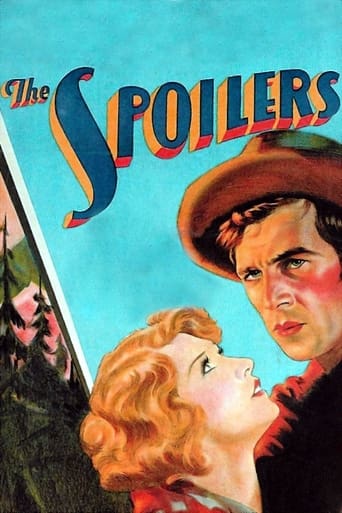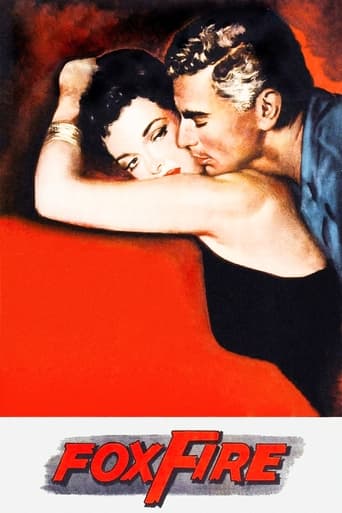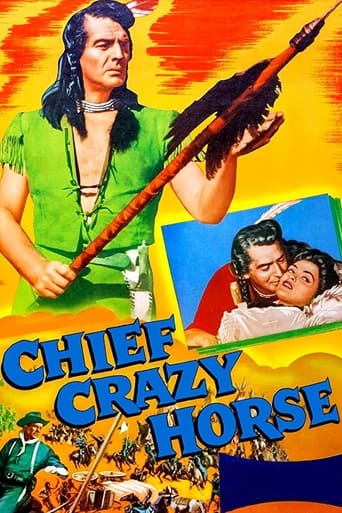

Chief Crazy Horse (1955)
When young Crazy Horse, of whom great things were predicted, wins his bride, rival Little Big Man goes to villainous traders with evidence of gold in the sacred Lakota burial ground. Of course, a new gold rush starts despite all treaties, and Crazy Horse becomes military leader of his people. Initial Indian victories lead to the inevitable result. Uniquely, all is told from the Indian perspective.
Watch Trailer
Cast


Similar titles
Reviews
Out of the ordinary western in that Native American-European conflicts are told mostly from the former's point of view. However, there is a fictional European narrator who steps in periodically. He is former Major Twist(John Lund), who spends considerable time with the Lakota Sioux after they nurse him back to health after being nearly fatally wounded by a Shoshone arrow in the back. As you would expect from such a film that borders on a documentary treatment, humor is virtually non-existent, and the dialogue and acting tend to be a bit stiff. This is all about the doomed desperate struggle for survival of the northern plains Native American's free roaming way of life. We only have the striking-looking Suzan Ball as Little Fawn/Black Shawl: Crazy Horse's girlfriend, then wife, to provide a bit of respite from the serious goings on.Although the story sticks to the facts much more so than most Hollywood films of this era with purported biographies to tell, inevitably, some aspects are fictionalized. For example, the Fetterman massacre is portrayed as a conflict resulting from the discovery of gold in the Black Hills. Historically, it was actually related to a prior gold rush in the Virginia City, MT area, back during the late Civil War and early post-war period, about a decade before the Black Hills gold rush. The subsequent important dramatized treaty of Fort Laramie was the culmination of this war period, when Red Cloud was the top Lakota chief. Also, the skirmish at Rosebud, which occurred only a week before the Battle of the Little Bighorn, was more of a stand off than depicted. As in most western films, the important role of cooperating Native Americans in many of the cavalry victories goes unsung. In this engagement, numerous Crow and Shoshoni: traditional enemies of the Lakota, were included in Crook's force, and are said to have been critical in averting a massacre similar to that suffered by Fetterman's patrol. In the final scene, where C.H. is trying to escape, after learning that he has been deceived, rival Little Big Man is shown bayoneting him in the kidney, thus concluding a long-standing animosity which the film dramatizes. Historically, this rival actually grabbed C.H., who was then bayoneted by a soldier.Some may be disappointed that the Battle of the Little Big Horn is glossed over with just a shot of charging 'Indians', then of the foreboding sky overhead, then the strewn-about cavalry bodies. Of course, other films had or would concentrated on this incident in detail. Thus, it was better to spend time on less well known aspects of C.H.'s life.It's apparently true that, like Wyatt Earp and George Washington, C.H. seemed to defy the odds of being killed or even wounded in battle, in an era when the enemy usually focused on killing the lead chief, knowing that this usually caused the whole war party to soon disintegrate.The film fails to make the point that, as a child, C.H. stood out physically: being unusually light skinned and with brown curly hair. This probably was significant in fostering the notion that he would become someone special....C.H. was named after his father and grandfather(not as told in the film). But, in the film, his father is given the name meaning 'worm'! That's true! When his father decided his son had earned the right to be called by an adult name, he transferred his name to him, adopting this seemingly self-deprecating name for himself.Victor Mature was a good choice to play C.H., with his swarthy Mediterranean looks, gift for profound speeches, and proved track record as a leading man in a variety of roles. The other key Lakota leaders were also played by Europeans, as was typical of this era....Interestingly, Mature starred in another film that same year : "The Last Frontier", which also included the Fetterman massacre, although it wasn't acknowledged as such. Mature was on the European side in that one. The beautiful Suzan Ball, cousin of Lucie Ball, was OK as Little Fawn/Black Shawl, which was the real name of C.H.'s main wife. This was her last film of about half a dozen, before dying from cancer at the advanced age of 21. One leg had been amputated in an unsuccessful effort to stem the cancer spread. Thus, a double was used when necessary to hide the fact that she had only one leg. With her darkish looks, she mostly played ethnics, including several 'Indian' maidens.The background music is often rousing, and the cinematography is great, mostly shot appropriately in the Black Hills, with its occasional bison herd. Directed by the veteran specialist in second feature and low budget films: George Sherman. All in all, a decent tribute to a courageous man clearly doomed in his lifelong quest to preserve his people's traditional free-ranging way of life.Little Big Man, who was a real Lakota adversary of C.H., should not be confused with the fictional person of the same name, featured in the film "Little Big Man", which is strongly based on the book of the same title.Presently viewable at YouTube
Victor Mature playing Chief Crazy Horse gives one of his best performances from the Fifties. Although an Italian/Swiss would never be cast as a Lakota Sioux today, American Indians have no reason to criticize or be concerned with what Mature did with the role of one of their greatest heroes. Curiously enough the Battle Of The Little Big Horn is given a short shrift by the film. Which in a way is good because Crazy Horse had been plaguing the white man for well over a decade when he emerged as a warrior chief of the Lakota with as much natural military ability as Cochise of the Apaches to the south. The action of the film is over a ten year period in terms of when Mature takes the role of the adult Crazy Horse. The film is told from the point of view of John Lund who plays a white trader who was ambushed by the Sioux's rivals the Shoshone and is taken in and cared for by the Lakota. When Mature is courting Suzan Ball, Lund does him a solid and he's then got the Lakota welcome mat out for him.Chief Crazy Horse was the farewell performance of Suzan Ball who was Lucille's cousin, also from Jamestown, New York died much too young after this film was completed. She had a bright promise and real beauty to give the big screen and small.There are some fictional subplots working, but in the main the film is a true account. A really good western about a true warrior.
This is the story of Crazy Horse, who from a very young age was expected to go onto great things for his people. Taking in his youth and finally onto his accent as military leader, Chief Crazy Horse tells things from the Indian point of view.This is a good and reliable Western picture, though sadly not using Indian actors to ram home the fact it's telling things from the Indian side of the vista, it's none the less unharmed by Victor Mature (Crazy Horse) and the rest of the white man cast. It's difficult for myself to personally gauge just what the makers were aiming for, was it honest portrayals? Or did they hope to make a stirring picture about a man proclaimed as a true great American General? Because they really don't achieve either of those things. But as I have said in my heading, this film doesn't waste one's time, it is a very interesting story, and technically it has its treats (filming in the actual Black Hills location a definite bonus for the story), yet ultimately I came away thinking that we could still do with a rousing epic to fully capture this man's biography. Because ultimately it's a story well worth telling and a story worth telling with grace and elegance. 5/10
This fine western traces the life of the Sioux warrior, from the time when he received his vision as a boy, his battles against red and white enemies, and finishes with his betrayal and murder by a fellow Lakota. Victor Mature is good as the Lakota warrior who is one of the most tragic figures in western history. The film examines the petty disputes among the Indians who could not present a unified front in the face of white westward expansion, especially the rush to the Black Hills in search of gold. The film shows two of Crazy Horse's famous battles, the Fetterman and Rosebud engagements to good effect but the Custer fight gets only a brief mention and is glossed over almost as an afterthought. The widescreen CinemaScope is excellent and bathes the beautiful landscapes of the Black Hills and the Badlands with beautiful color. The music by Frank Skinner is a dramatic and heroic accompaniment to a fine film that pays tribute to a great American.



